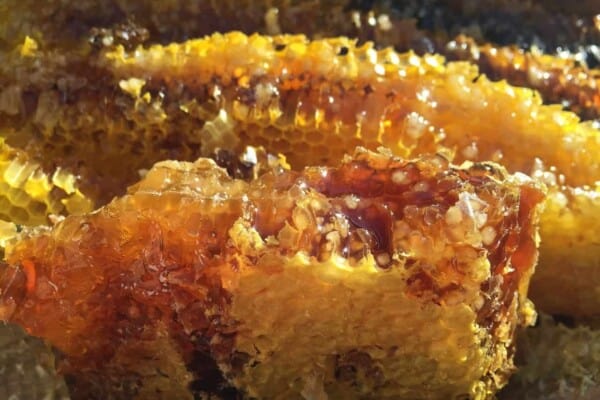When it comes to using fertilizers for your soil, there are a lot more options out there than you’d think, simply because of how many different combinations you can make to get the perfect mix for you.
We won’t even get into the ingredients themselves, but what you need to know is the fact that there are way too many options for you to instantly be able to find the right one overnight. If you are new to the craft though, we always recommend that you start off your journey with the common 10-10-10 formula, because you just simply put can’t go wrong with it.
This formula has been tested and applied to probably every type of garden over the years, which is why you can find it in basically every single store out there. But is it actually worth the investment and why is it even popular in the first place?
These questions and more will be answered in today’s guide as we dive deeper and deeper down the rabbit hole and we uncover everything there is to know out about the popular 10-10-10 fertilizer.
So, with all of that being said, how about we jump right into our first segment of the day, aka:
What are 10-10-10 Fertilizers?
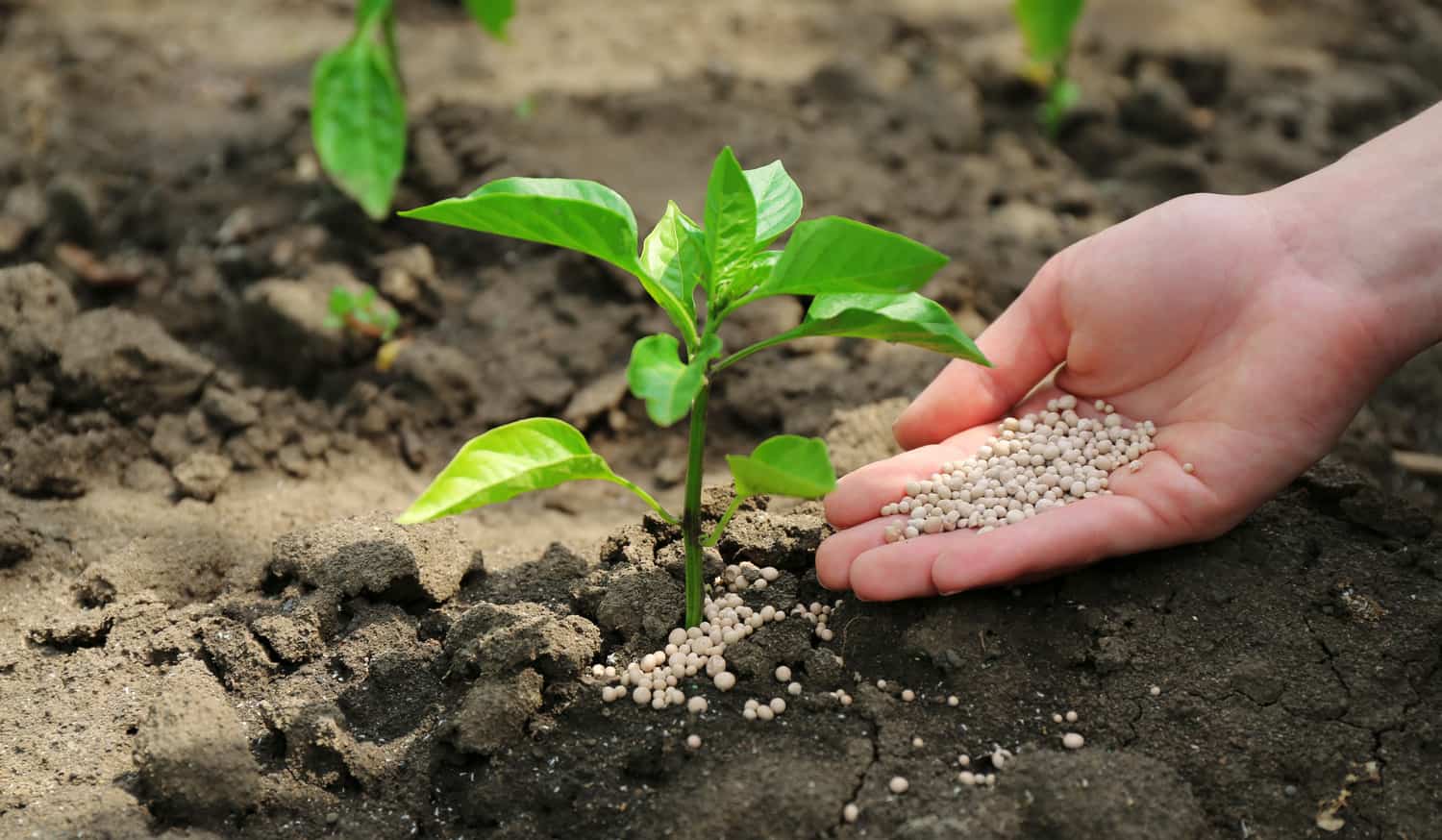
In case you didn’t know by now, the 10-10-10 formula represents the amounts of nitrogen, phosphorus and potassium that you can find in the fertilizer’s formula. They are also referred to as the NPK formula and essentially it just refers to each of those ingredients being 10% each.
The NPK formula is known as one of the best in the game, simply because these are the primary nutrients that most any plant out there needs in order to thrive.
Because of how universal of a blend it is, the 10-10-10 formula is considered to be a very good balanced fertilizer, that can be used on any plants and for any sort of situations whatsoever.
Other formulas will have iron or calcium added to the mix, in order to add to their usability, but while these are all good to have in their own ways, we would definitely argue that the 10-10-10 formula loses some of its universal quality by adding in multiple other ingredients and lowering the original doses in the process.
For the most part though, besides the three main ingredients we talked about before, you can also find ammonium hydroxide, urea, ammonium nitrate, potassium hydroxide and phosphoric acid in the mix to make the blend as useful as it can be.
The reason as to why these are the main ingredients that you will find in any 10-10-10 fertilizers out there is the fact that they dissolve very easily, and on top of that they are also a lot more resistant against erosion or decay, since they don’t spend a lot of time on the flowers themselves.
At the end of the day, the 10-10-10 fertilizer is technically an inorganic or synthetic fertilizer, which means that it is not natural in the slightest, it was made in its entirety by humans through the use of synthetic chemicals, which is a reason why many people opt for a different fertilizer altogether.
The Advantages of 10-10-10 Fertilizers

First and foremost, you will immediately pick up on the fact that 10-10-10 fertilizers are very easy to use. This is because they can dissolve so quickly, which in turn results in you not having to do as much during the spraying part of the process.
You just need to sprinkle the 10-10-10 around your plants or vegetables and you’re ready to do whatever else you had planned for the day.
On top of that, since the fertilizer does dissolve so quickly, you won’t actually need to do much to protect yourself in case you do get too close to the fertilizer as you would if you were to use any other formula.
Last but not least we would like to mention the fact that since they are so popular, 10-10-10 fertilizers are usually very cheap to get, which is why more and more new-age gardeners and farmers end up switching to them, as opposed to just using organic natural fertilizers instead.
We won’t tell you whether this is good news or bad, but what we will say however is the fact that 10-10-10 fertilizers are definitely becoming more and more popular as time moves on.
The Disadvantages of 10-10-10 Fertilizers
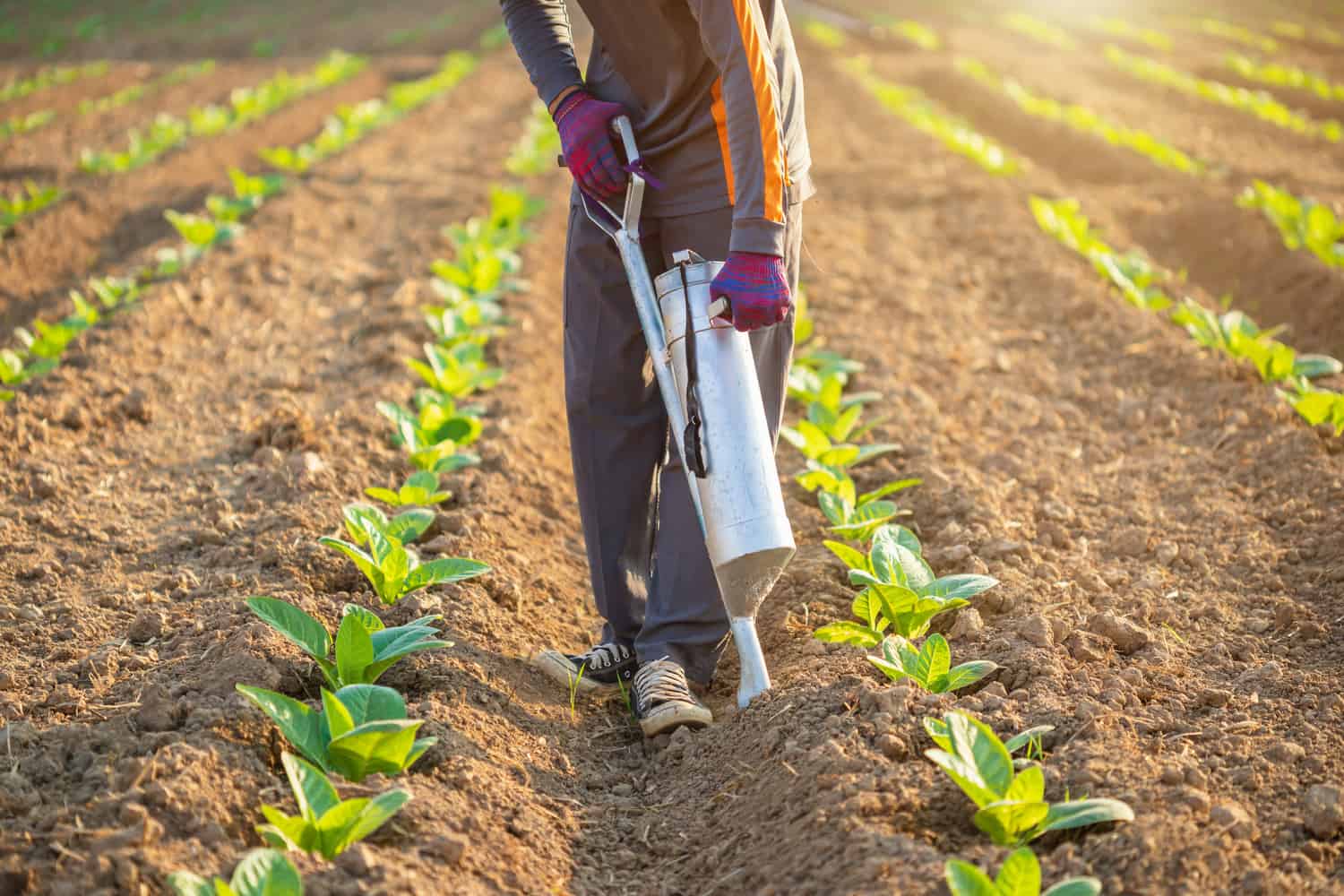
While they are usually advertised as universal fertilizers that can be used in any situation whatsoever, this isn’t actually all that it’s made out to be, quite the contrary actually.
As is the case with most any inorganic fertilizers out there, they cannot be fully absorbed by the plants instantly, which results in them crusting up at the top of the soil, which is never a pretty sight.
On top of that, they are limited to a certain time gate as opposed to organic fertilizers. They will not offer you any enrichment as time moves on, but instead it will provide you with a sudden boost of nutrients, which are sure to help out your plants as soon as you spray them.
Another very big disadvantage that we need to mention here is the fact that you can easily end up ruining your plants by using the 10-10-10 formula, because of the excessive amounts of nitrogen in it.
This can cause them to not fruit up anymore and while you may think that this is a relatively rare thing to see, it actually happens over fifty percent of the time with tomatoes, because they grow too quickly and they can end up being very vulnerable to diseases in the process.
The excess phosphorous here can also cause you a lot of problems, as it can increase the chances of your plants catching chlorosis, or it can just end up killing the fungi living in the soil, which in turn damages your plants altogether.
As a result, you will need to invest into 10-10-10 fertilizers only if your plants are showing signs of deficiencies in those aforementioned nutrients, otherwise you can risk causing an overdose which is never fun to deal with.
Another very big disadvantage (that you will definitely need to look out for) is the fact that it may actually have a bunch of different dangerous chemicals in its mix, which you really don’t want to be next to when you spray them to say the least.
These chemicals can be added to the mix very easily and they are usually only written off on the warning labels on the bag. Because of this you will need to wear protective clothing to avoid you making contact with them. Also don’t use the fertilizer around children, as you can easily end up damaging their health on the long run if you’re not careful here.
Last but not least, we would like to mention the fact that every typical 10-10-10 fertilizer will have a lot of nitrogen in its composition, which is definitely not something you want around you at any point in time.
You can even see how dangerous this addition to the mix is when you see the warning labels. These specifically let you know that the fertilizer can end up killing fish and invertebrates, when they make contact with it.
Since your biome there fully depends on its microbial life and its earthworms, it’s no wonder that you should avoid using the 10-10-10 fertilizer to make the most out of your produce.
How to Use the 10-10-10 Fertilizer
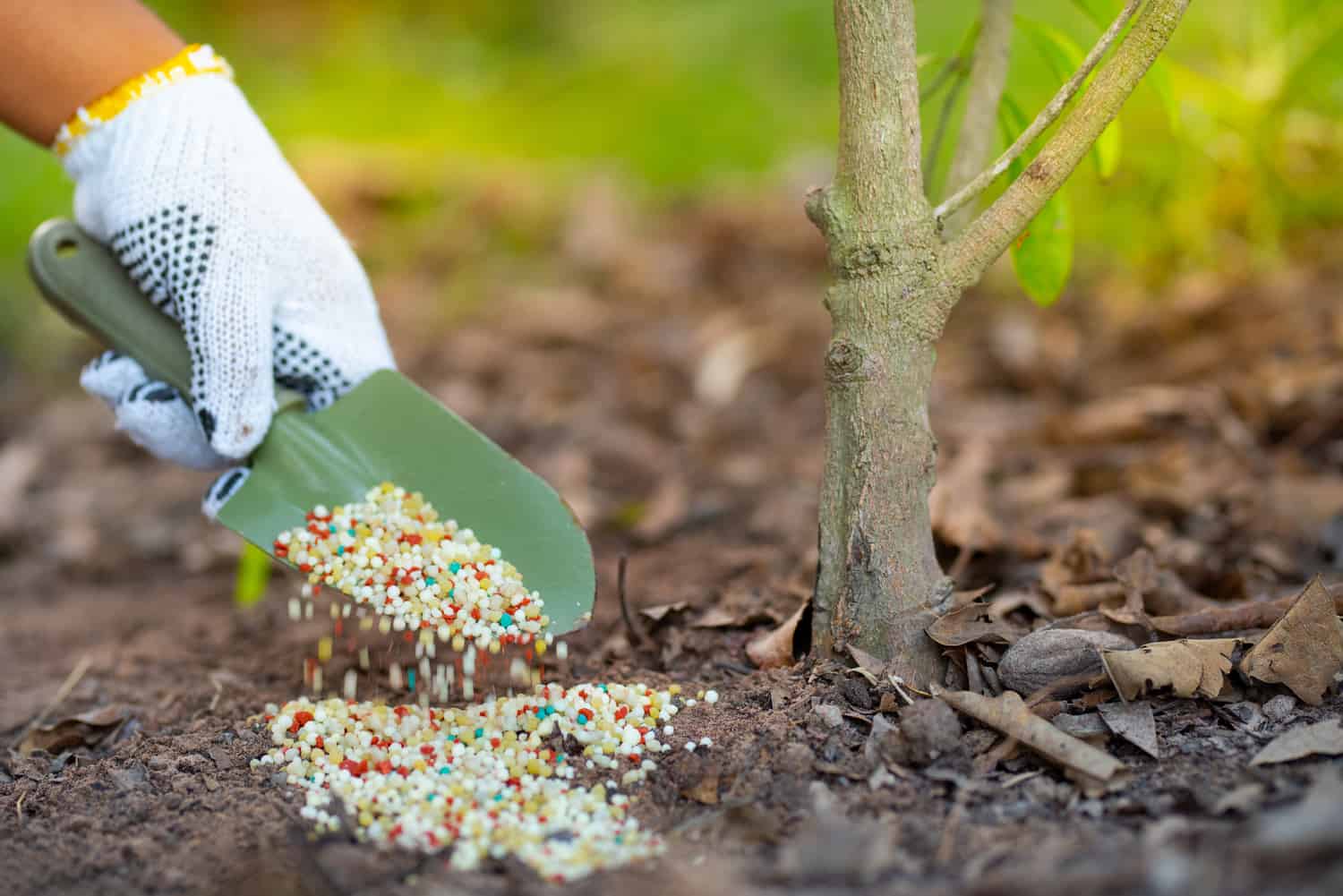
If you are on the internet trying to find out how you can actually use the fertilizer in the garden, then we highly recommend that you close the laptop and instead read the instructions on the label.
This is because most fertilizers are very unique in their approach and they are not meant to be experimented with, as you can easily end up hurting yourself in the process if you’re not careful enough.
If you have already read the instructions and you’re still unsure of what you need to do though, then you should ask your local garden supplier next to see what they think you should do with the fertilizer in question here.
As soon as you have all of your questions answered you should get a soil test of the pH levels, to make sure that you can use the 10-10-10 fertilizer to begin with.
As we mentioned previously, the 10-10-10 fertilizer, despite being advertised as a universal option, is still very situational and it shouldn’t be used in a lot of cases, especially if the pH levels don’t match it.
You can make use of the home soil test kits here which you can get from garden centers, Home Depot or Amazon, although we do believe that you could also just get a sample and take it to your local agriculture agency to see what they have to say about it.
Cautions Regarding 10-10-10 Fertilizers

We mentioned the disadvantages above, but here we would like to focus more so on the actual dangers that you can end up having to deal with, while utilizing the 10-10-10 formula.
One such danger comes from the corrosive aspect of your fertilizer. These formulas can be so powerful that they can easily end up damaging your lawn equipment if you’re not careful, which is why you should always clean off your equipment as soon as you’re done using them.
Next up you will need to get the fertilizer into a bucket of water and then use the liquid you got from there to feed the younger plants, as they can easily be overpowered by the nutrients and ruined in the process.
Always make sure to use just enough fertilizer to help out your plants and keep in mind that using too much of it can end up ruining everything you’ve been working on there for the past couple of weeks now.
While we are on this subject, we also recommend that you wear protective gloves, goggles and a functional breathing mask to make sure that you won’t inhale any of the corrosive spray.
Last but not least, always read the information on the back of the label. We know that this is the billionth time that we mention this but it is extremely important that you do it unless you want to seriously damage your plants and your own health in the process.
Alternatives to 10-10-10 Fertilizers
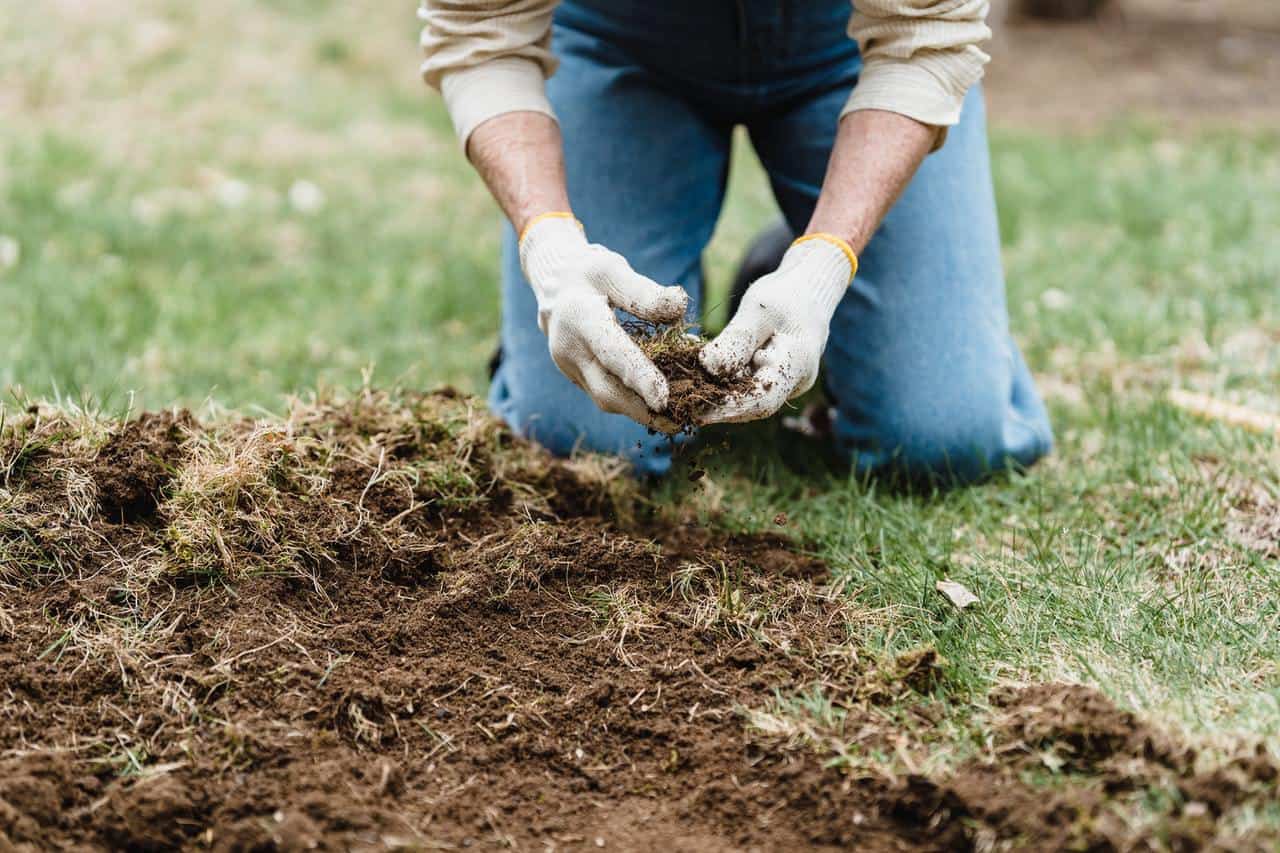
Instead of going with 10-10-10 fertilizers you could always just opt for a natural organic fertilizer instead, as they are way safer to use and they can also be very easy to come by if you do have a farmhouse near you.
Organic fertilizers come from natural sources, which is why they are considered to be the more humane way of taking care of your plants.
The only real downside to using organic fertilizers is the fact that they are a lot lower in nutrients and they do smell quite horrible, since they are made up of stuff like manure and compost and such.
A very notable advantage to the 10-10-10 fertilizers though is definitely the fact that they can end up really helping out your soil on the long run, since they don’t stop being useful the day after you used them, as is the case with 10-10-10 fertilizers.
What’s interesting about synthetic fertilizers is the fact that the government actually only looks at N, P and K levels ,when creating a formula that apparently every plant needs to survive and thrive, when in fact you will need around 70 more nutrients to make sure that your plants are growing to their full potential.
So, if you want to create your own mixture or employ the help of a professional to get you the fertilizer you need, you can always opt for bone meal, alfalfa pellets, bat guano, fish emulsion, manure and cottonseed meal.
As far as the quantities go, you can usually wing it as long as you have every one of those ingredients, but if you really want to make sure that you’ve gotten everything that you need you can just use a Fertilizer Calculator to get the job done.
Conclusion
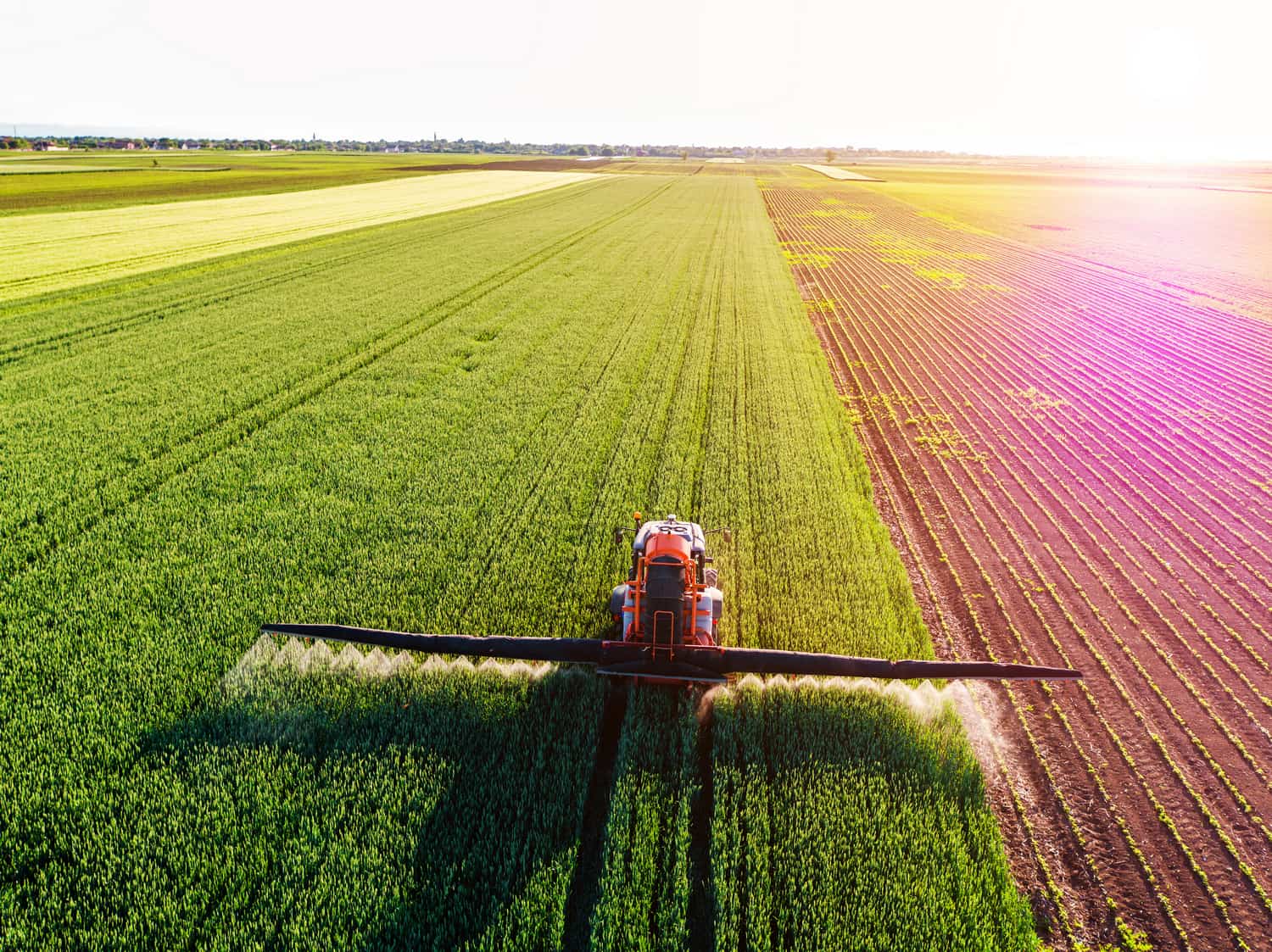
So, considering just how much we’ve slandered the 10-10-10 fertilizer, should you even bother to use it? The answer is actually yes, although it purely depends on why you want to use it in the first place.
The purpose of our guide here wasn’t to tell you that you should completely throw it away and opt for an organic fertilizer instead, it was to showcase the many misconceptions that people have about it.
It is still a very viable formula, but it is advertised as the universal all-around option that you should use on anything and everything, when it in fact is pretty dangerous if not handled with proper care.
Use whatever you see fit for your garden or soil and always remember to read the labels, because you wouldn’t want to end up paying so much for the fertilizer and having it end up ruining your plants in the process.
Frequently Asked Questions (FAQ)
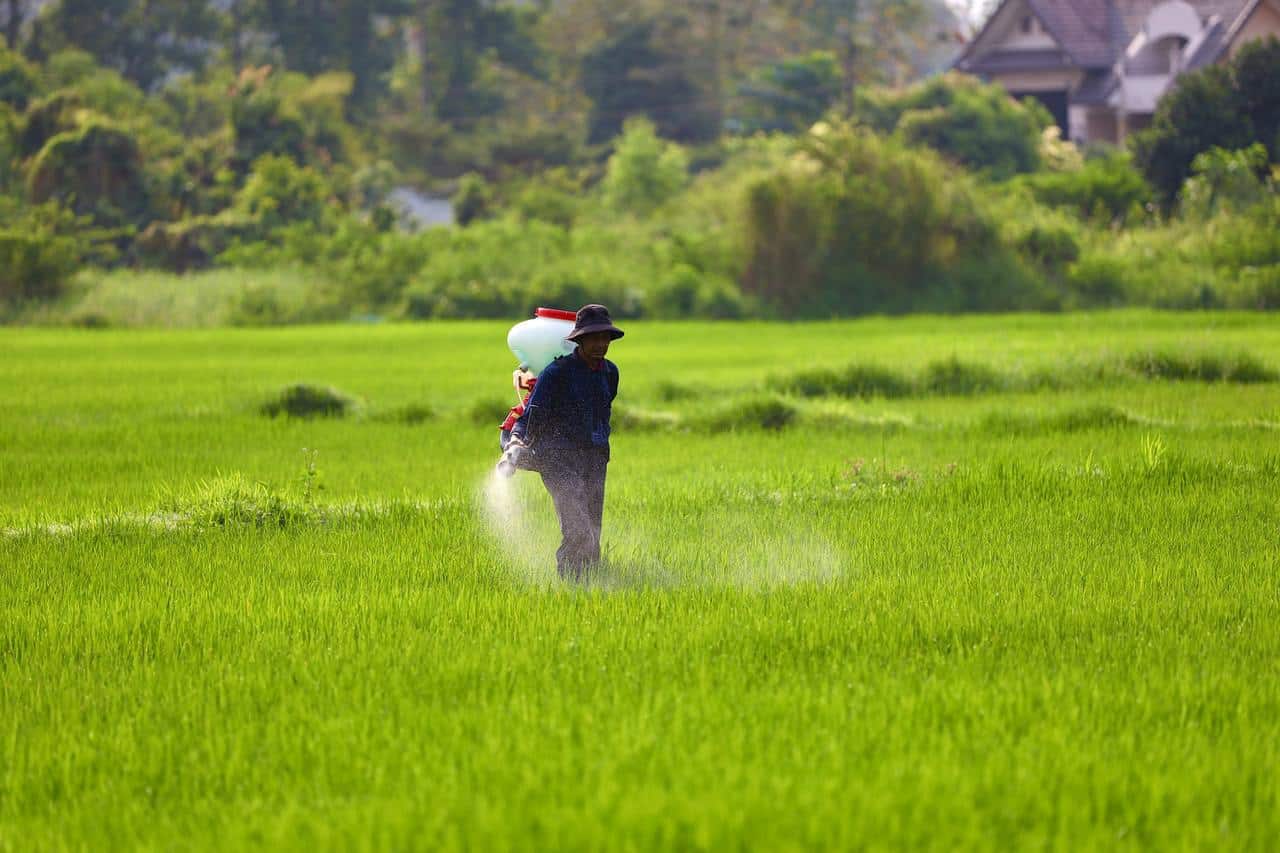
How Often Should You Use the 10-10-10 Formula for Lawn Feeding?
For the most part, if you are handling your plants around the warm season, then you should use the 10-10-10 fertilizer about four times per year or so.
You can start the process when you first see them growing, just remember that you may need to dilute the formula quite a bit during this time to make sure that you don’t end up overdosing the lawn. After such you can add new doses at around a 30-day interval and just wing it for the rest of the process.
Can You Use the 10-10-10 Formula on Fruit Trees?
In simple terms, you can use this formula for pretty much any type of a plant out there, as long as they are showing signs of being deficient in any of the main ingredients included in the 10-10-10 fertilizer.
Just keep in mind that you will need to use this formula only during the early spring before they actually start budding.
Should You Use the 10-10-10 Formula on Flowering Plants?
As an all-purpose fertilizer, it can surely be used on most flowering plants, but keep in mind that you can easily end up ruining them if you use too much of it.
Flowering plants can be very easily destroyed by the phosphorous and nitrogen that the 10-10-10 formula has under its belt so you may want to opt for a different fertilizer for this problem right here.
Should You Use the 10-10-10 Formula for Tomatoes?
Tomatoes are definitely very special when it comes to fertilizers and as much as we would like to say that you can use whatever to get the job done, the truth is that they are an exception.
You can definitely use the 10-10-10 formula but it will not be anywhere near as useful as any other fertilizer simply because tomatoes don’t need the big three ingredients that this fertilizer has in its composition and as such they will wither away if you use too much of it on them.

